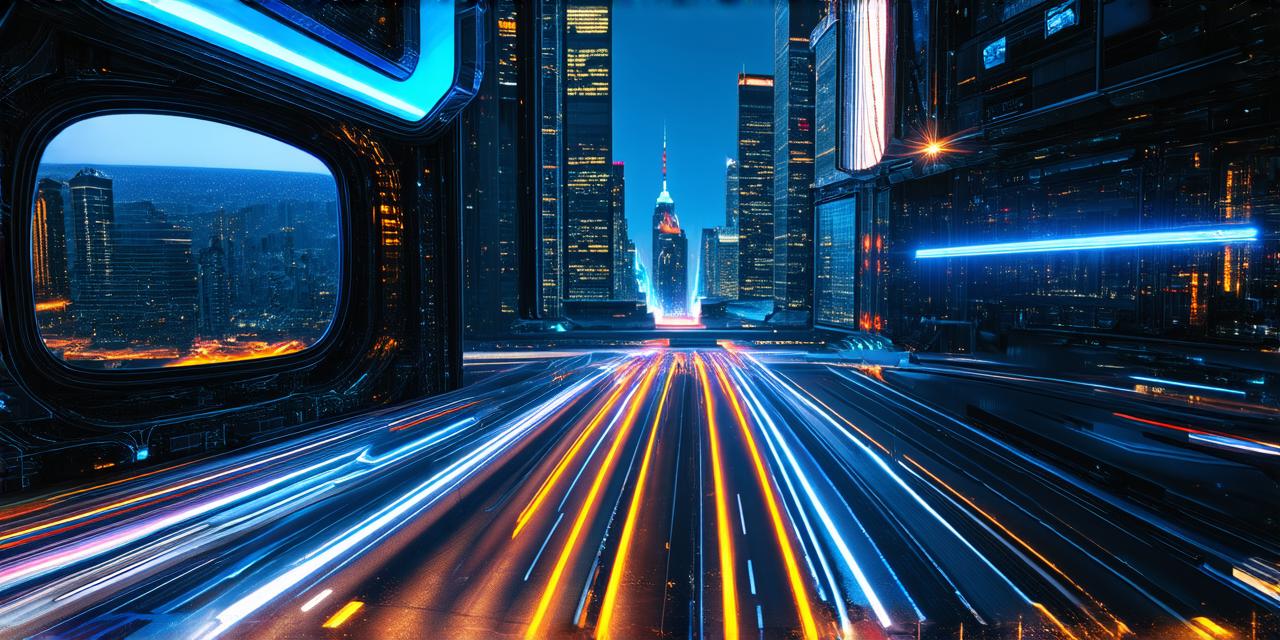Mixed reality (MR) is a type of augmented reality (AR) technology that combines computer-generated graphics with real-world environments. It allows users to interact with digital objects and experiences in their physical surroundings, creating an immersive and interactive experience.
What is Mixed Reality?
Mixed reality can be thought of as the next step beyond traditional augmented reality, where digital objects are overlaid on top of the real world. In contrast, mixed reality fully integrates digital objects into the real world, creating a seamless blend of virtual and physical elements. This allows users to interact with digital objects in a more natural and intuitive way, as if they were part of the real world.
How does Mixed Reality work?
Mixed reality works by using a combination of sensors and cameras to track the user’s movements and environment in real-time. This data is then used to render digital objects and experiences that are seamlessly integrated into the real world. There are two main types of mixed reality:
- Spatial Augmented Reality
- Hybrid Reality
Spatial Augmented Reality
This type of mixed reality uses a single camera or multiple cameras to track the user’s position in space. Digital objects are then overlaid on top of the real world, allowing users to interact with them in a more intuitive way. An example of this is using an AR app to see furniture in your home before you buy it.
Hybrid Reality
This type of mixed reality uses multiple sensors and cameras to create a 360-degree view of the user’s environment. Digital objects are then placed within the real world, allowing users to interact with them as if they were part of the environment. An example of this is using VR headsets to explore virtual worlds that are seamlessly integrated into the real world.
Mixed Reality Applications
Mixed reality has a wide range of applications in various fields, including:
- Gaming
- Education
- Medicine
- Retail
- Architecture and Construction
Gaming
Mixed reality allows users to experience games in a more immersive and interactive way. For example, playing a first-person shooter game using a VR headset can feel like being transported into the game world.
Education
Mixed reality can be used to create interactive educational experiences that allow students to explore and learn in a more engaging way. For example, using an AR app to visualize the solar system or exploring historical events in 3D.
Medicine
Mixed reality can be used to simulate surgical procedures and train doctors and nurses in a safe and controlled environment. It can also be used to create realistic simulations of patient scenarios, allowing healthcare professionals to better prepare for real-life situations.
Retail
Mixed reality can be used to create virtual try-on experiences for clothing and makeup, as well as to visualize furniture and decor in a customer’s home before they make a purchase.
Architecture and Construction
Mixed reality can be used to create realistic 3D models of buildings and structures, allowing architects and builders to visualize and test designs before construction begins.
Summary
Mixed reality is an exciting new technology that has the potential to revolutionize the way we interact with digital objects and experiences in our physical world.
